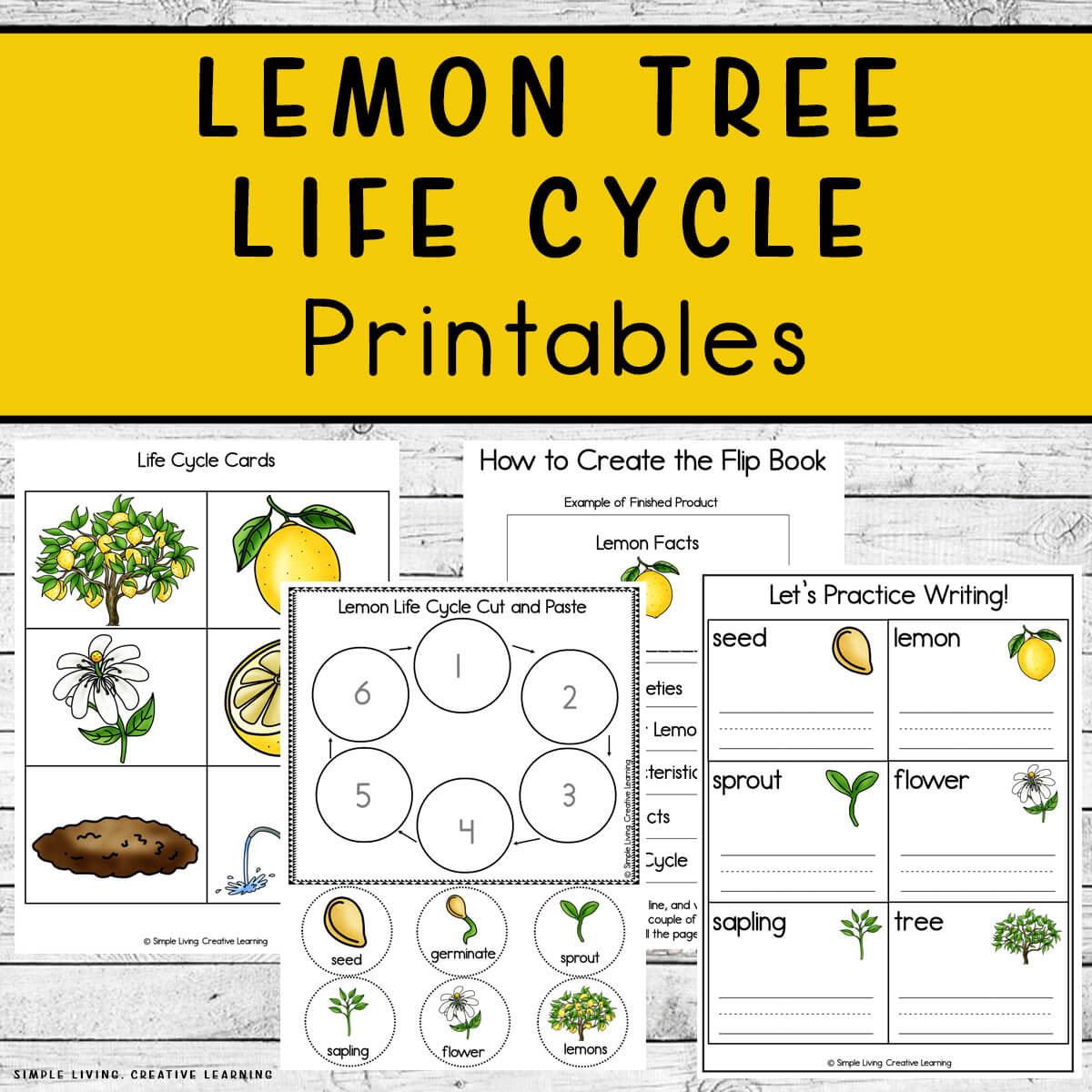The lemon plant life cycle is a fascinating journey that begins with a tiny seed and culminates in the production of the zesty citrus fruit we all know and love. This article delves into the intricacies of this process, exploring the stages of germination, growth, flowering, and fruit development, providing a comprehensive understanding of the life of a lemon plant.
From the moment a lemon seed is planted, it embarks on a remarkable transformation. The seed germinates, sending out a root and a shoot, which develop into a seedling. As the seedling grows, it develops leaves and branches, forming a small tree. With proper care and environmental conditions, the lemon tree will eventually reach maturity and begin to flower.
Seed Germination and Early Growth: Lemon Plant Life Cycle
The journey of a lemon plant begins with the germination of its seed. This process is triggered by favorable conditions that mimic the plant’s natural habitat.
Seed Germination
For a lemon seed to germinate, it requires a specific set of conditions:
- Temperature: Lemon seeds germinate best in warm temperatures between 65-85°F (18-29°C).
- Moisture: The soil should be moist but not waterlogged. Proper drainage is crucial to prevent root rot.
- Light: While not essential for germination, light can stimulate the process and promote healthy seedling growth.
Early Growth
Once the seed germinates, the tiny seedling embarks on a rapid growth phase:
- Root Development: The primary root emerges first, followed by secondary roots that anchor the plant and absorb water and nutrients.
- Leaf Formation: The first leaves, known as cotyledons, are simple and oppositely arranged. True leaves, with their characteristic serrated edges, develop later.
With proper care and environmental conditions, the young lemon plant continues to grow and develop, setting the stage for its future as a fruit-bearing tree.
Vegetative Growth and Flowering

After seed germination and early growth, lemon plants enter a period of vegetative growth, characterized by stem elongation, leaf production, and root development. Vegetative growth is essential for establishing a strong and healthy plant that can support future flowering and fruit production.
Factors Influencing Flowering
The onset of flowering in lemon plants is influenced by several factors, including age, light, and temperature. Lemon trees typically begin flowering after reaching a certain age, which varies depending on the variety and growing conditions. Adequate sunlight is crucial for flower initiation, as it provides the energy necessary for the plant to produce flowers. Temperature also plays a role, with warmer temperatures generally promoting earlier flowering.
Structure and Function of Lemon Flowers, Lemon plant life cycle
Lemon flowers are hermaphroditic, meaning they contain both male and female reproductive organs. The flower structure consists of several parts:
- Petals: Five white or pale yellow petals attract pollinators.
- Stamens: Multiple stamens surround the pistil and produce pollen.
- Pistil: The central part of the flower, consisting of the stigma, style, and ovary. The stigma receives pollen, while the style connects the stigma to the ovary.
Once pollinated, the ovary develops into a fruit, which in the case of lemon plants, is a citrus fruit known as a lemon.
Fruit Development and Maturation

Fruit development in lemon plants is a complex process that involves pollination, fertilization, and a series of physiological changes. Hormones, nutrients, and environmental factors all play important roles in this process.
Pollination and Fertilization
Fruit development begins with pollination, the transfer of pollen from the male anthers to the female stigma. In lemon plants, pollination is typically carried out by insects, such as bees. Once pollen is transferred to the stigma, it germinates and produces a pollen tube that grows down the style to the ovary.
Inside the ovary, the pollen tube fertilizes the ovules, which then develop into seeds. Fertilization triggers a series of hormonal changes that initiate fruit development.
Fruit Growth and Development
After fertilization, the ovary begins to swell and develop into a fruit. The fruit grows rapidly during the early stages of development, and it is during this time that the majority of cell division and expansion occurs.
The growth of the fruit is regulated by a number of hormones, including auxin, gibberellin, and cytokinin. These hormones promote cell division, cell expansion, and the development of vascular tissue.
Fruit Maturation
As the fruit grows, it begins to mature. During this process, the fruit undergoes a number of changes, including:
- Color changes: The fruit changes color as it matures. Lemons, for example, turn from green to yellow as they ripen.
- Texture changes: The fruit becomes softer as it matures.
- Sugar accumulation: The fruit accumulates sugar as it matures, making it sweeter.
The maturation process is regulated by a number of factors, including ethylene, a plant hormone that promotes ripening. Ethylene is produced by the fruit itself, and it triggers a series of biochemical changes that lead to the breakdown of chlorophyll, the green pigment in the fruit, and the accumulation of sugar.